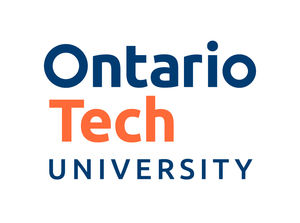Rapid rotational foam molding of integral skin polypropylene cellular composites
Abstract
Rapid Rotational Foam Molding (RRFM) is a novel patent-pending process that was
designed and developed to maximize the synergistic effects resulting from the deliberate
combination of extrusion and rotational foam molding and thereby serve as a time-andenergy
efficient technology for the manufacture of integral-skin rotationally molded
foams of high quality. This thesis presents a thorough study of the scientific and
engineering aspects related to the evolution of the RRFM process and its feasibility. This
innovative processing technology was assessed and verified through a battery of planned
experimental trials conducted utilizing an in-house custom-built industrial-grade lab-scale
experimental setup. The experimental trials involved a variety of polypropylene (PP)-
based foamable formulations with a chemical blowing agent (CBA) that were
compounded and processed by utilizing an extruder and then foamed and injected as a
foamed core, instantly, into the cavity of a suitable non-chilled rotationally molded
hollow shell made of non-foamed pulverized PP grades. The investigated mold shapes
included a cylindrical shaped mold and a rectangular flat shaped mold. The obtained
moldings were examined for the quality of the skin surface, the skin-foam interface, and
the achieved foam morphologies that were characterized in terms of foam density,
average cell size, and average cell density. Optimal processing parameters were
successfully determined for three different PP skin-foam formulation combinations. The
accomplished reduction in processing time and energy consumption by implementing
RRFM were substantial. A variety of processing impediments that hindered the efficiency
of the single-charge conventional rotational foam molding practice were resolved by
implementing RRFM; these include: the foam/skin invasion into the skin/foam layer of
the manufactured article and the premature decomposition of CBA during compounding
or subsequent rotational foam molding processing steps.

